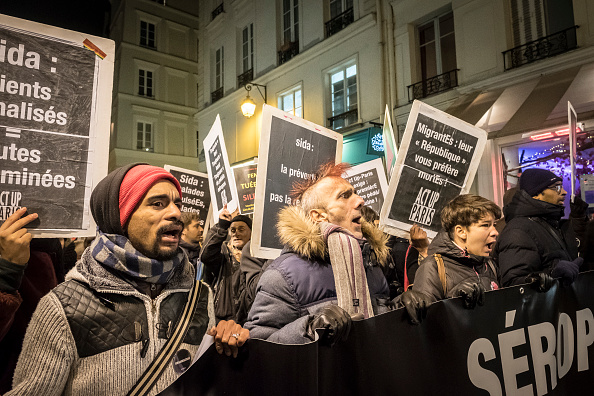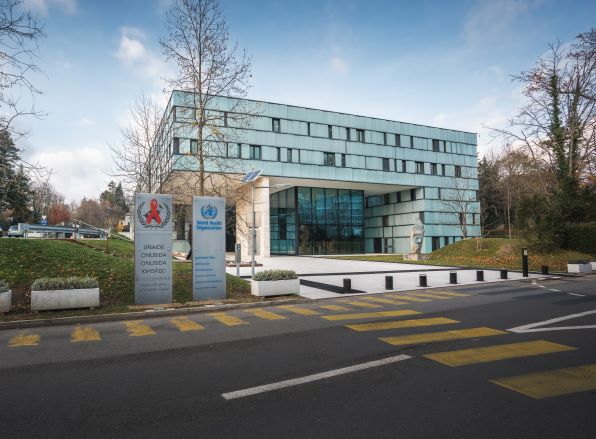
2021 marks 40 years of progress in HIV.
The last four decades have seen a monumental shift in how we understand, manage and treat HIV, meaning that those who are living with HIV can expect to thrive, not just survive. This progress has in part been driven by the assertive and passionate advocacy efforts that have come to characterise the power and strength of the HIV community.
HIV and AIDS story - How it all began
What we now know as AIDS was first discovered on 5 June 1981[1]. By August of the same year, the CDC reported 108 cases of the ‘new’ disease across America[2]. Within three years, the Pasteur Institute in Paris and the National Cancer Institute in Maryland had discovered and isolated a virus that would soon be known as Human Immunodeficiency Virus-1, or HIV-1[3].
A time of uncertainty, controversy and denial
The early years of the epidemic were characterised by scientific uncertainty, controversy and, at its most extreme, denial. In 1984 Casper Schmidt published ‘The Group-Fantasy Origins of AIDS’ in the Journal of Psychohistory claiming that AIDS was not an actual disease but instead an example of ‘epidemic hysteria’[4][5]. The impact of this denial was grim – in South Africa alone it is estimated that a government policy of AIDS denial resulted in the early deaths of more than 330,000 people[6][7].
Marginalised communities
Even as understanding of HIV infection causing AIDS[3] took great strides, the challenges of prejudice grew. The virus spread rapidly within groups who were especially vulnerable to social marginalisation and discrimination[8]. Intolerance heightened during the epidemic, which ranged from direct acts of physical violence, to reduced access to medical services and lack of employment opportunities.

The birth of HIV advocacy
It is against this troubling backdrop that HIV/AIDS advocacy emerged. Among the first advocacy groups to be formed was the Gay Men’s Health Crisis (GMHC)[2]. An answer machine in a volunteer’s home became the world’s first AIDS hotline, receiving over 100 calls in its first night of operation[2].
Advocacy becomes louder
It’s now recognised that the efforts of these brave advocates contributed to increasing the pace of scientific research and improving access to services and medicines for people living with HIV. The US National Institutes of Health has acknowledged that pressure from activists led to fundamental changes in the organisation, allowing earlier access to experimental medicines and increasing the priority of its AIDS research programmes[9][10].


Thank you
The strength and dedication of HIV advocates have changed the world forever, with a legacy that extends into other disease areas[13][14]. It is because of the actions of advocates that our response to many diseases is now shaped by awareness days and advocacy campaigning across the world[13][14].
Because of the power and resilience of campaigns that went before, HIV is a different disease. Advocacy has changed countless lives and for that, we at Janssen, are grateful.


